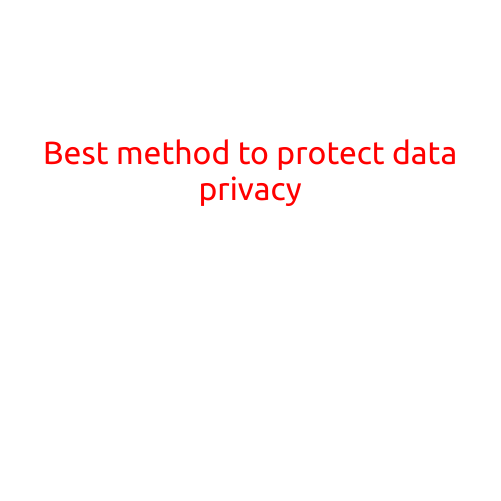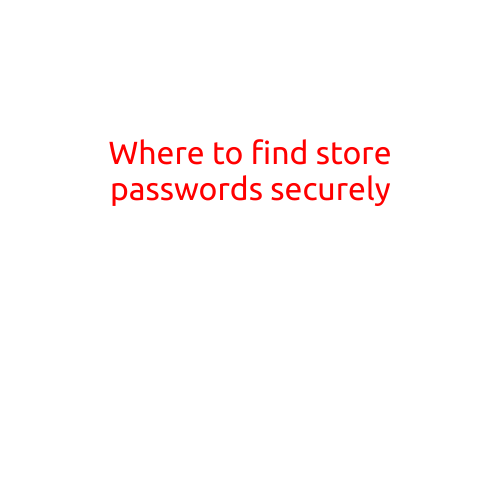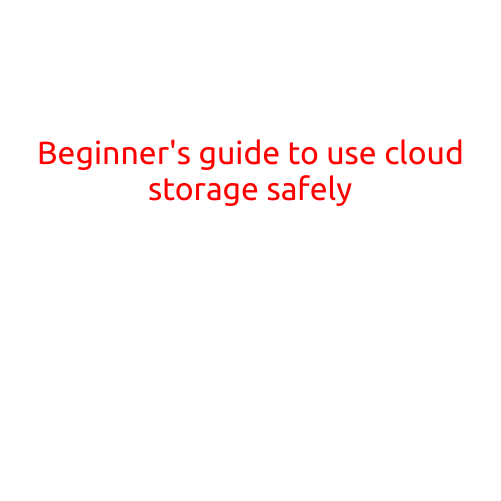
Best Method to Protect Data Privacy
In today’s digital age, data privacy has become a growing concern for individuals and organizations alike. With the increasing reliance on technology and the ease of data sharing, protecting personal and sensitive information has become more crucial than ever. The consequences of data breaches and leaks can be severe, leading to financial losses, reputational damage, and even legal repercussions.
Fortunately, there are several effective methods to safeguard data privacy and keep sensitive information secure. In this article, we will explore the best method to protect data privacy and provide tips on how to implement it.
Encryption: The Gold Standard of Data Protection
Encryption is widely considered the most effective method to protect data privacy. Data encryption involves converting plaintext data into an unreadable format called ciphertext using an algorithm and a secret key. This ensures that even if unauthorized parties gain access to the data, they will not be able to read or understand it.
There are several types of encryption methods, including:
- Symmetric-key encryption: Uses the same key for both encryption and decryption.
- Asymmetric-key encryption: Uses a pair of keys, one public and one private, for encryption and decryption.
- Hash-based encryption: Uses a one-way hash function to encrypt data.
How to Implement Encryption
Implementing encryption is relatively straightforward and can be done using various tools and software. Here are some steps to follow:
- Choose an encryption method: Select a suitable encryption method based on your specific needs and requirements.
- Generate a key: Generate a unique key for encryption and decryption.
- Encrypt data: Use the encryption method and key to encrypt the data.
- Store encrypted data: Store the encrypted data in a secure location.
- Use secure protocols: Use secure communication protocols such as HTTPS and SSH to prevent data from being intercepted during transmission.
Additional Tips for Data Privacy
In addition to encryption, there are several other measures that can be taken to protect data privacy:
- Use strong passwords: Use strong and unique passwords for all accounts and devices.
- ** Keep software up-to-date**: Regularly update software and operating systems to patch vulnerabilities and fix security bugs.
- Use firewalls: Use firewalls to block unauthorized access to networks and systems.
- Monitor for suspicious activity: Monitor for suspicious activity and audit logs to detect potential breaches.
- Destroy sensitive data: Properly destroy sensitive data when it is no longer needed.
Conclusion
Protecting data privacy is a critical component of modern cybersecurity. By implementing encryption and following best practices for data management, individuals and organizations can significantly reduce the risk of data breaches and leaks. Remember, data privacy is a shared responsibility, and it is essential to stay proactive in safeguarding sensitive information.
Resources
- National Institute of Standards and Technology (NIST) guidelines for encrypting data
- Federal Trade Commission (FTC) guidelines for protecting sensitive information
- World Wide Web Consortium (W3C) guidelines for secure web development





